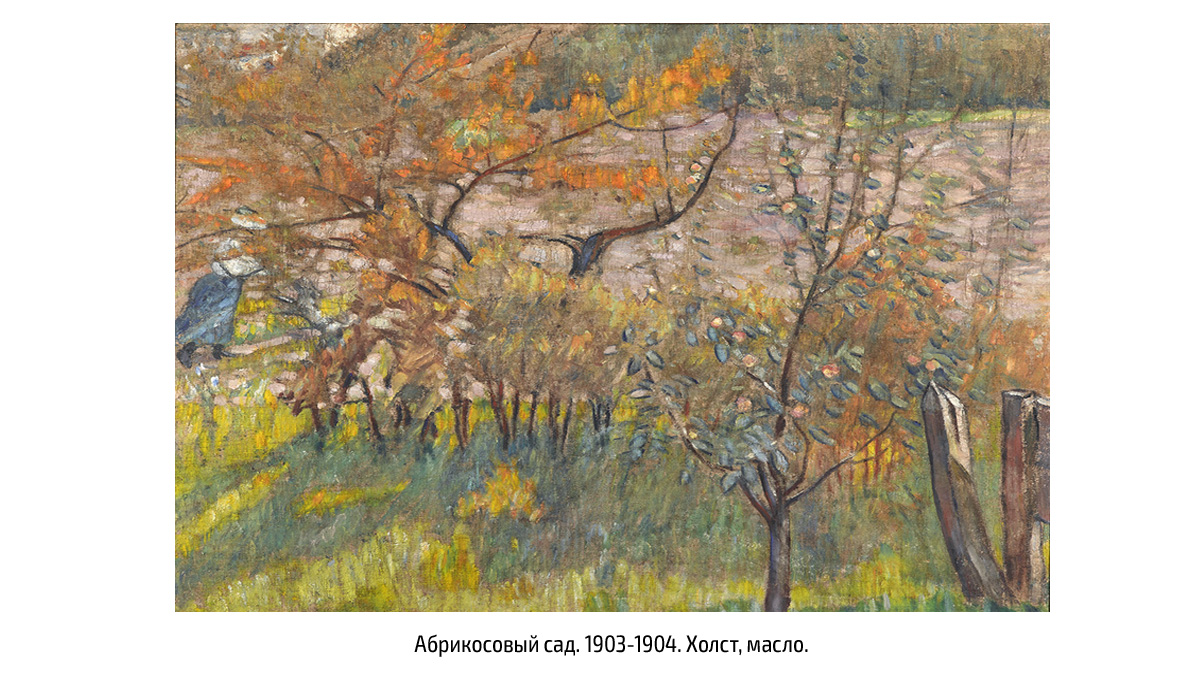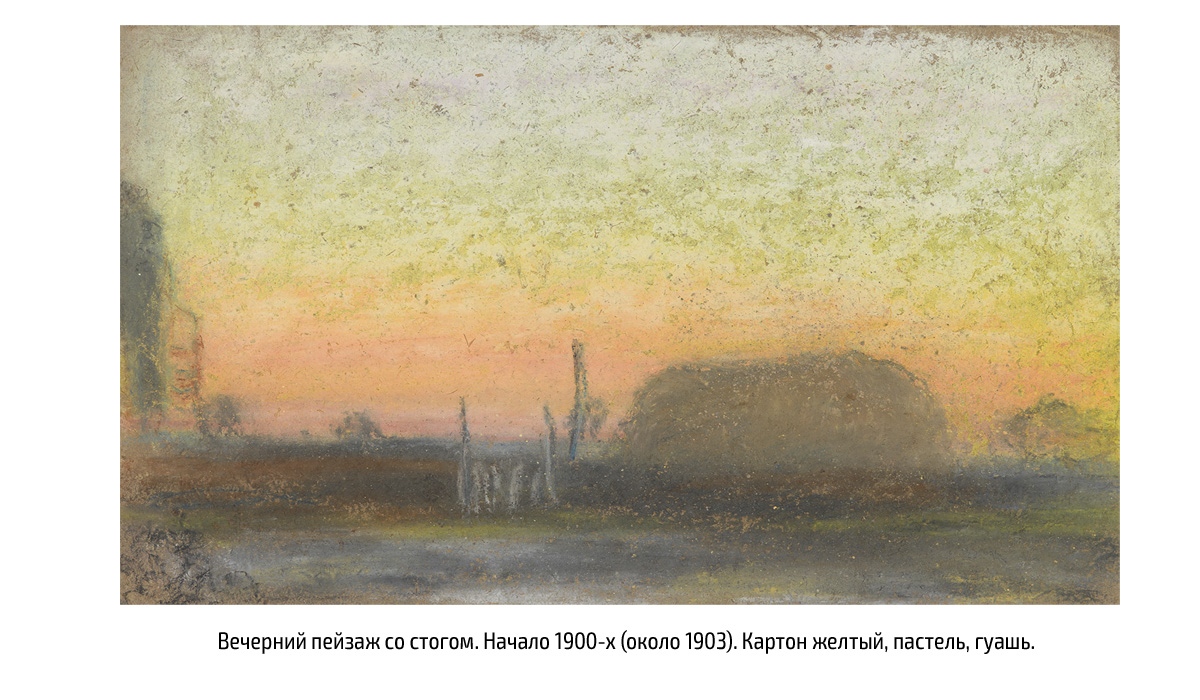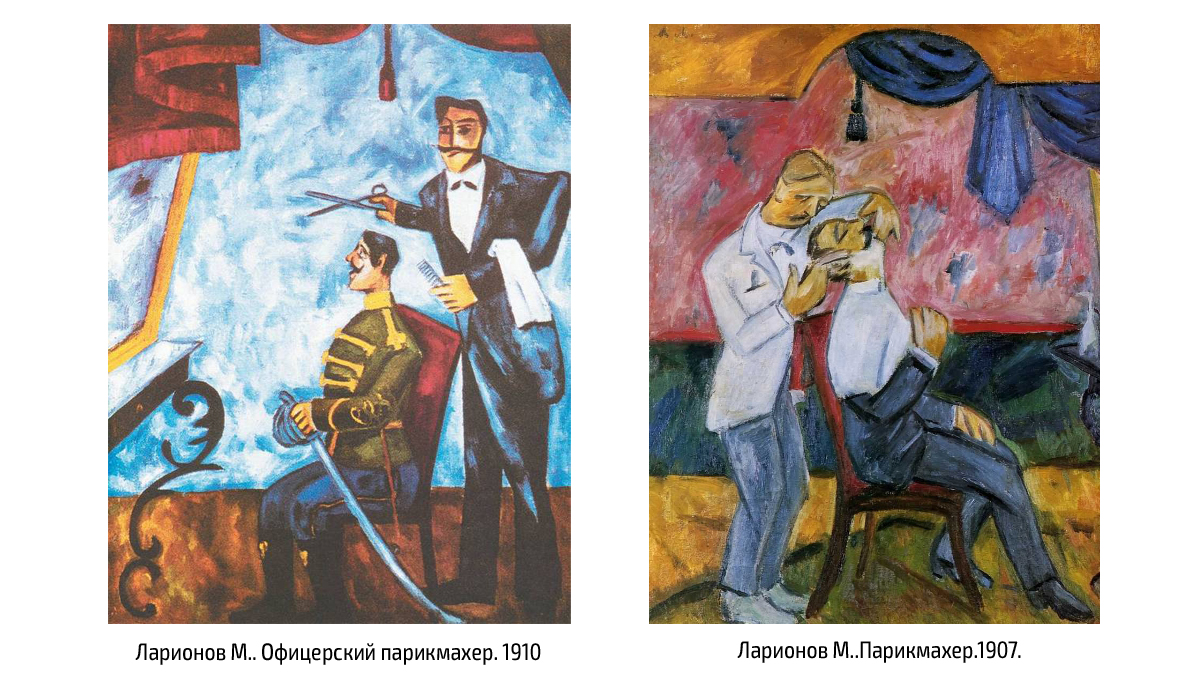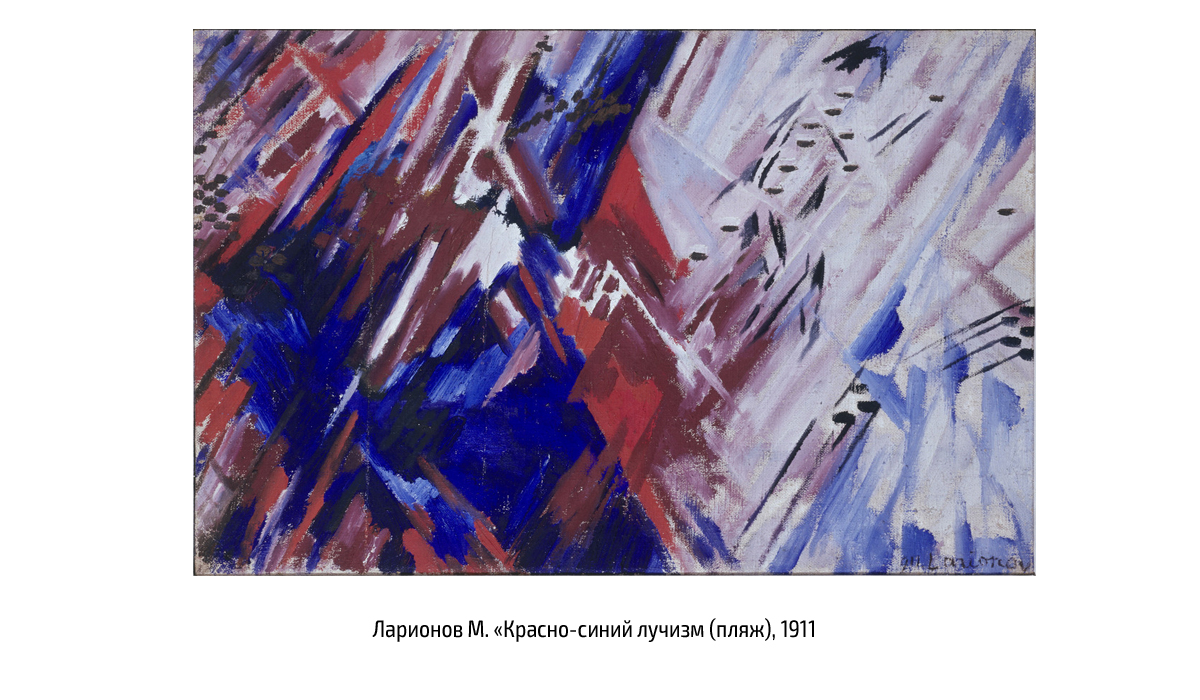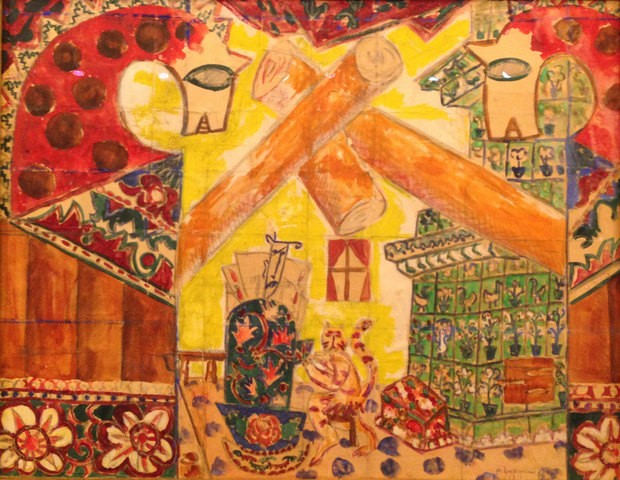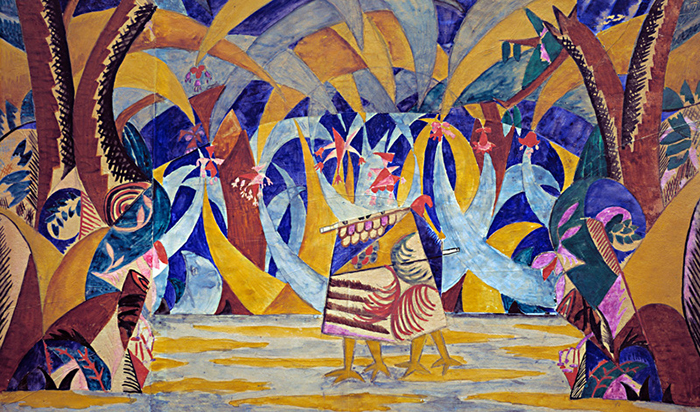June 3 marks the 138th birth anniversary of one of the greatest artists, the Russian avant-garde founder Mikhail Fedorovich Larionov. It happened that he was born in Pridnestrovie, namely in Tiraspol. His hometown left an indelible mark on the artist's soul, which is seen in most of his works.
Early Years
Mikhail Larionov was born in Tiraspol on May 22, 1881 in a family of military physician Fedor Mikhailovich Larionov and landowner`s daughter Alexandra Fedoseevna Petrovskaya.
When Larionov turned 13, he and his family moved to Moscow. In 1898, the future artist entered the Moscow School of Painting, Sculpture and Architecture, where he met the main woman of his life and his part-time accomplice in the creative craziness, Natalia Goncharova. She, by the way, was great-great-granddaughter of Natalia Goncharova, Pushkin's wife, and she also was a very talented artist. When Larionov met her, the girl studied sculpture at the same school, Mikhail persuaded her to change course to a painting one.

Tiraspol from the Perspective of Impressionism
By the end of the 19th century rumors about French artists of the new wave reached Russia: Vincent Van Gogh, Paul Gauguin, Claude Monet. Their works, filled with vividness and emotionality, so close in color, and most importantly, similar to what Larionovnso unconsciously followed, could not leave him indifferent. Despite the fact that the impressionistic period was the initial stage in the artwork of Larionov, already in his early creations one could see all the versatility and originality of the master.
While studying at the school, Larionov created hundreds of works, but, unfortunately, they were not taken seriously by teachers and were characterized as "flushes of youth ". The passing to a special course of painting was marked by clashes and rejection of Larionov's work by the university artistic intelligentsia. One day Larionov brought about one hundred and fifty works and put them in the classroom. They occupied all the walls of the room. His pictures were considered to be too defiant. After this release, such clashes began to occur repeatedly, according to the decision of the university inspectorate, Larionov was expelled from the school.
But it should be noted that not everyone was so critical of Larionov’s works. Despite frequent conflicts with the “custodians of traditions” of classical painting, among his teachers were the foremost artists of the time: Valentin Serov and Konstantin Korovin. The works of the young artist created interest and sympathy. Thanks to his impressionistic motifs and color insanity, rampant on each canvas, it was difficult to doubt Larionov’s talent.
“The Impressionists painted things which impressed them. Larionov also began to follow this practice. It was in Tiraspol, in the garden of his grandmother, where he created the most of his works of the Tiraspol period,” Svetlana Gonchar, a senior researcher at the Tiraspol Picture Gallery said.
No, it's no make-believe, the Tiraspol period (this is the title given to the impressionistic period in the artwork of Larionov). After all, he created the most of his works in Tiraspol. Larionov used to come to his hometown for the summer. Here he brought into the world such masterpieces as “Acacias in Spring”, “Fishes at Sunset”, “Rose Bush after Rain”, “Window. Tiraspol ", etc.
“The whole of my grandmother’s garden, huge for the city (more than two hectares), was surrounded by large rose bushes. Aunt Anya brewed wonderful sorbet from the petals of these roses. Yes, I installed my door and at that time I heard the iron handle slamming on the gate and the postman's voice: "Panich, panich! There is a letter for you." It was from Dyagilev. Dygilev invited me to an exhibition in Paris and asked me to come to Moscow to see my works. Although it was more than two months before the time I decided to return to Moscow from my dear Tiraspol, the next day I decided to leave with all my paintings, leaving my grandmother's garden and the wonderful southern sun! It was 1906, and already two and a half years since I knew Dyagilev.”
M.F. Larionov
The new period in the artwork of Mikhail Larionov began from this letter and from this trip to Paris ...
The apogee of Mikhail Larionov`s artwork
France, Paris is a new cultural center, where all talented and not very talented artists, writers, musicians are concentrated around. Italy with its finest architectural creations and works of the Renaissance art, no longer attracts the creators. Classical painting has reached catharsis, nothing surprised anymore. It is difficult to beat such great masters as Rembrandt, Rubens, Caravaggio, Diego Velasquez. Artists of a new wave decide to make a revolution. They go on plener, draw landscapes, everyday occurence, ordinary people: men and women, walking through the streets of provincial cities, drinking in pubs or standing in line at the grocery store. Their works, filled with energy, courage, boldness, madness of colors, fascinated Larionov. During two months in Paris, he learned a lot and became convinced in the correctness of his creative way’s choice.
In Paris Larionov knew about such movement as the primitivism. He moved from the image of nature and still-life to the embodiment of people and the life of a provincial city, namely Tiraspol. The aesthetics of signs and posters in villages and provincial towns had always attracted the artist. In them he found freedom of expression, instinctive painting, which sometimes was so alien to classical art.
“Our street, decorated with signs, isn't it the museum of signs? And when they are destroyed and replaced with printed posters, then a second dream will come true - the grandest museum in the world will be destroyed.”
M.F. Larionov
Larionov's paintings took the works of street masters to a new level. In addition to city life, during this period he created “The Soldier Cycle”, consisting of 40 works. “The Soldier Taking a Rest” is the most famous one.
The works of this creative period did not find favor among people of quality; it was unaccustomed to their worldview and was perceived as something ugly. But this was not surprising, because Larionov draw the life of the townspeople: shopkeepers, shoemakers, hairdressers, laborers and peasants. For the upper class, these people and their life were unimportant, uninteresting, unattractive and unaesthetic. During these years the artist's works were not in great demand, no one bought it, and even loyal admirers of his paintings snapped their wallets.
Larionov`s RAYonnant Energy
After “The Soldier Cycle”, the sign period, attacks and clashes with public opinion, Larionov continued his intensive work. After Turner's exhibition, which the artist saw in London in 1906, leaded him to reflect on color in painting, and the artist began to perceive the form as light rays. Larionov`s Rayist Style appeared completely naturally, he did not have to invent anything. He had been thinking for a long about the fact that in the painting, the quality of the work concentrated not only on the objects, but on the expressive and color component.
The main point of Rayist Style is the emotions’ expression that arise from the collapsing of intersecting light and energy rays of various objects in space. Mayakovsky called Rayonism as a cubist interpretation of impressionism. Larionov`s Luchism was a non-objective art form and connected with natural associative sensations.
Despite the fact that Luchism was not widely developed, it is the one of the first abstract (non-objective) art forms and one of the first avant-garde’s manifestations in painting.
“Ave nationality! We go hand in hand with the housepainters. Long live the style of rayonnant painting created by us, free from real forms, existing and developing according to the picturesque laws!”
M.F. Larionov
Moving to France and Theatrical Period
Moving in 1915 to France changed both the life of the artist and his creative way. He had to adapt to the new environment, new people, to think about the means of support. Only work in the theater could give him such means. Easel painting couldn`t give him much in recent years in Russia, it was impossible to count on it in France, where Larionov knew relatively little. In those years his fame was limited to the circle of advanced artists.
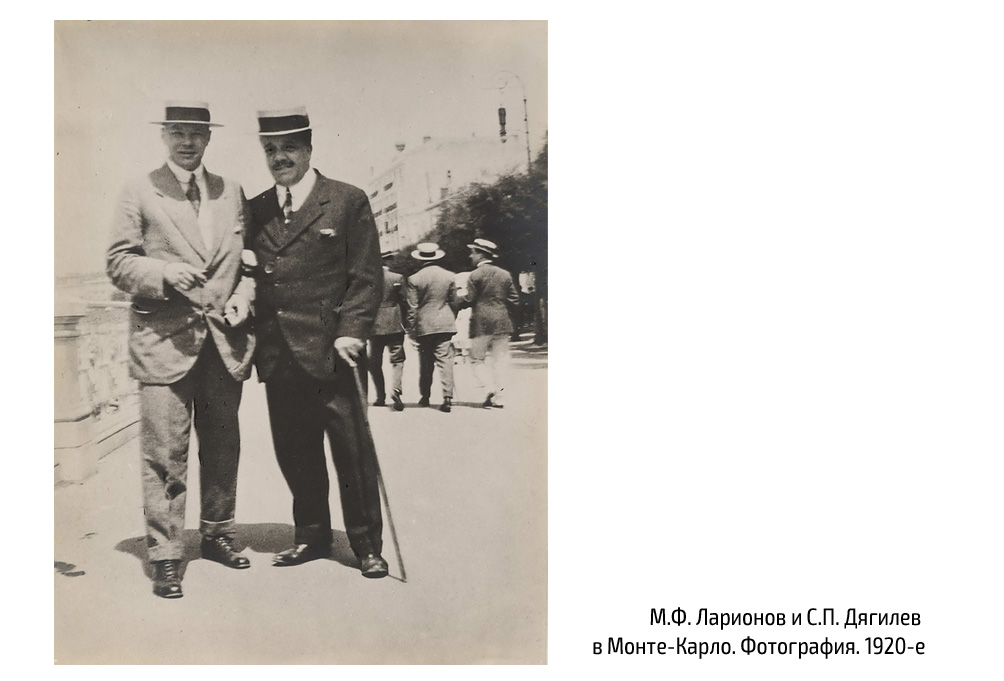
The theater always attracted Larionov. It interested him, fascinated him with his peculiar chamber life. Right up to his illness, he and his life partner Natalya Goncharova worked as theater artists and decorators. Dyagilev was his close friend, who invited him to Paris. They worked together till Dyagilev`s death, which had profoundly distressed Larionov.
As for the works of that period, even theatrical productions, costumes, decorations were different from the usual ones. It dictated new trends, so fresh that many contemporaries did not understand and did not perceive it. Folk Russian motifs, Old Russian buffoonery, a circus, with street drama were so differed from the usual refined direction of the last decades.
For the rest of his life Mikhail Larionov lived in France, far from his homeland and his “dear Tiraspol”, where most of his masterpieces, which had acquired world fame, were born.
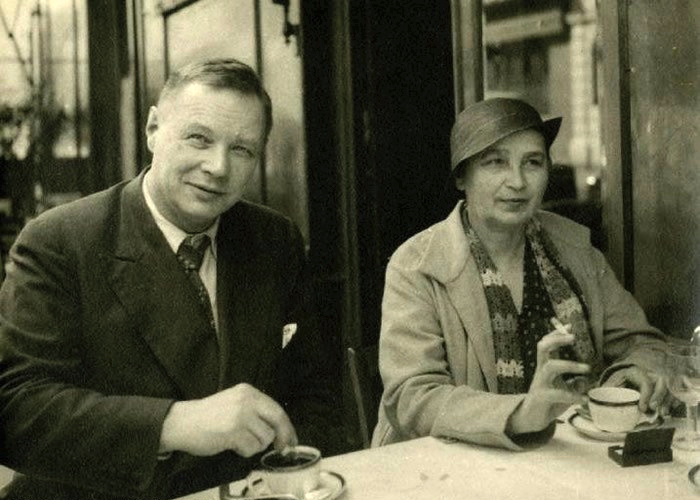
Mikhail Larionov and Natalia Goncharova
He died two months after the death of Natalia Goncharova in 1964. Larionov's biggest dream was to return his works to his homeland. It happened only in 1989. In the Tretyakov Gallery there is a separate room for archives of the artist's works. Unfortunately, there is not any painting in his beloved and native Tiraspol.
The activity of Mikhail Larionov, his character, his figure will always evoke a feeling of surprise and admiration. All his artwork is divided into four main periods, they are different, but they are united by one thing - the quintessence of feelings and emotions, the everyday life image from the perspective of an extraordinary perception of reality through the genius’ eyes. He drew things that surrounded him: people, nature, everyday life of a provincial town. Larionov inherent indisputable and impeccable sense of color, which he applied, creating a new direction - Rayonism. Thus, by the rays of his extraordinary creativity he illuminated the object art of the changing times.



